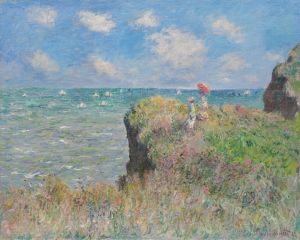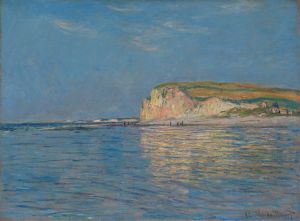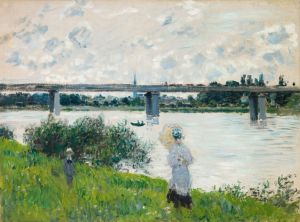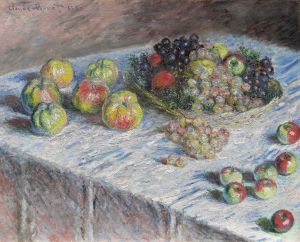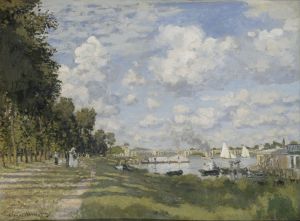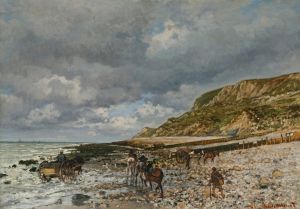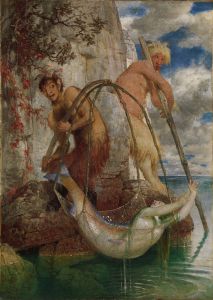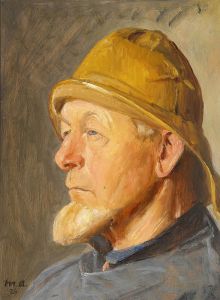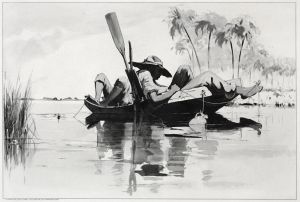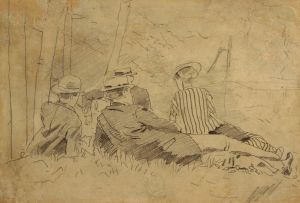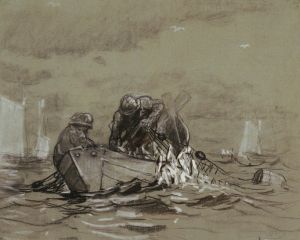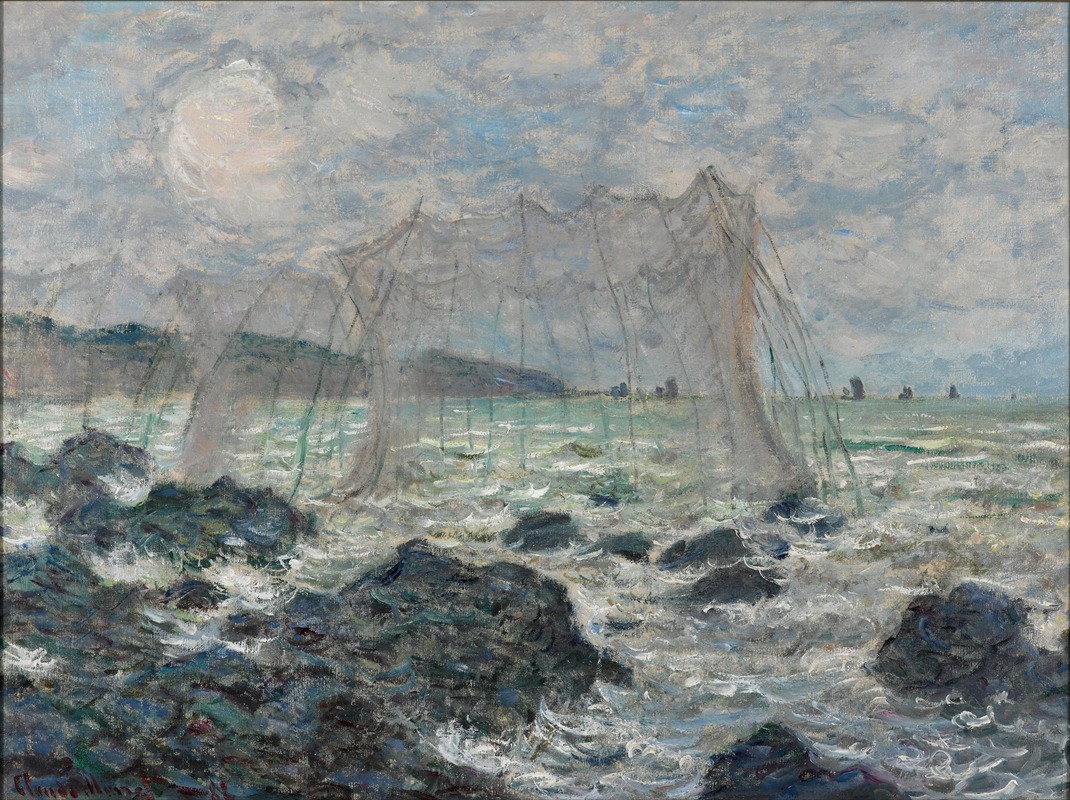
Fishing nets at Pourville
A hand-painted replica of Claude Monet’s masterpiece Fishing nets at Pourville, meticulously crafted by professional artists to capture the true essence of the original. Each piece is created with museum-quality canvas and rare mineral pigments, carefully painted by experienced artists with delicate brushstrokes and rich, layered colors to perfectly recreate the texture of the original artwork. Unlike machine-printed reproductions, this hand-painted version brings the painting to life, infused with the artist’s emotions and skill in every stroke. Whether for personal collection or home decoration, it instantly elevates the artistic atmosphere of any space.
"Fishing Nets at Pourville" is a painting by the French Impressionist artist Claude Monet, created in 1882. This artwork is part of Monet's extensive exploration of the Normandy coast, a region in northern France that he frequently visited and painted during the late 19th century. Pourville, a small seaside village near Dieppe, served as a significant source of inspiration for Monet during this period. The painting captures the natural beauty of the coastal landscape, with a focus on the fishing nets spread out along the shore.
Monet's work in Pourville reflects his fascination with the interplay of light, water, and atmosphere, which are hallmarks of the Impressionist movement. In "Fishing Nets at Pourville," he employs loose, dynamic brushstrokes to depict the textures of the sand, sea, and sky. The composition is characterized by its vibrant color palette, which conveys the changing light and weather conditions typical of the Normandy coast. The fishing nets, a central element of the painting, are rendered with a sense of immediacy and detail, emphasizing their role in the daily life of the local fishing community.
This painting is one of several works Monet completed during his stay in Pourville in 1882. At the time, Monet was deeply engaged in capturing the transient effects of light and atmosphere in outdoor settings, a practice known as "en plein air" painting. His time in Pourville allowed him to study the coastal environment in depth, resulting in a series of paintings that highlight the region's rugged cliffs, sandy beaches, and fishing activities.
"Fishing Nets at Pourville" is now housed in the collection of the National Gallery of Scotland in Edinburgh. It remains an important example of Monet's ability to merge his technical skill with his keen observation of nature, creating a work that is both visually striking and evocative of the coastal life in 19th-century France.





